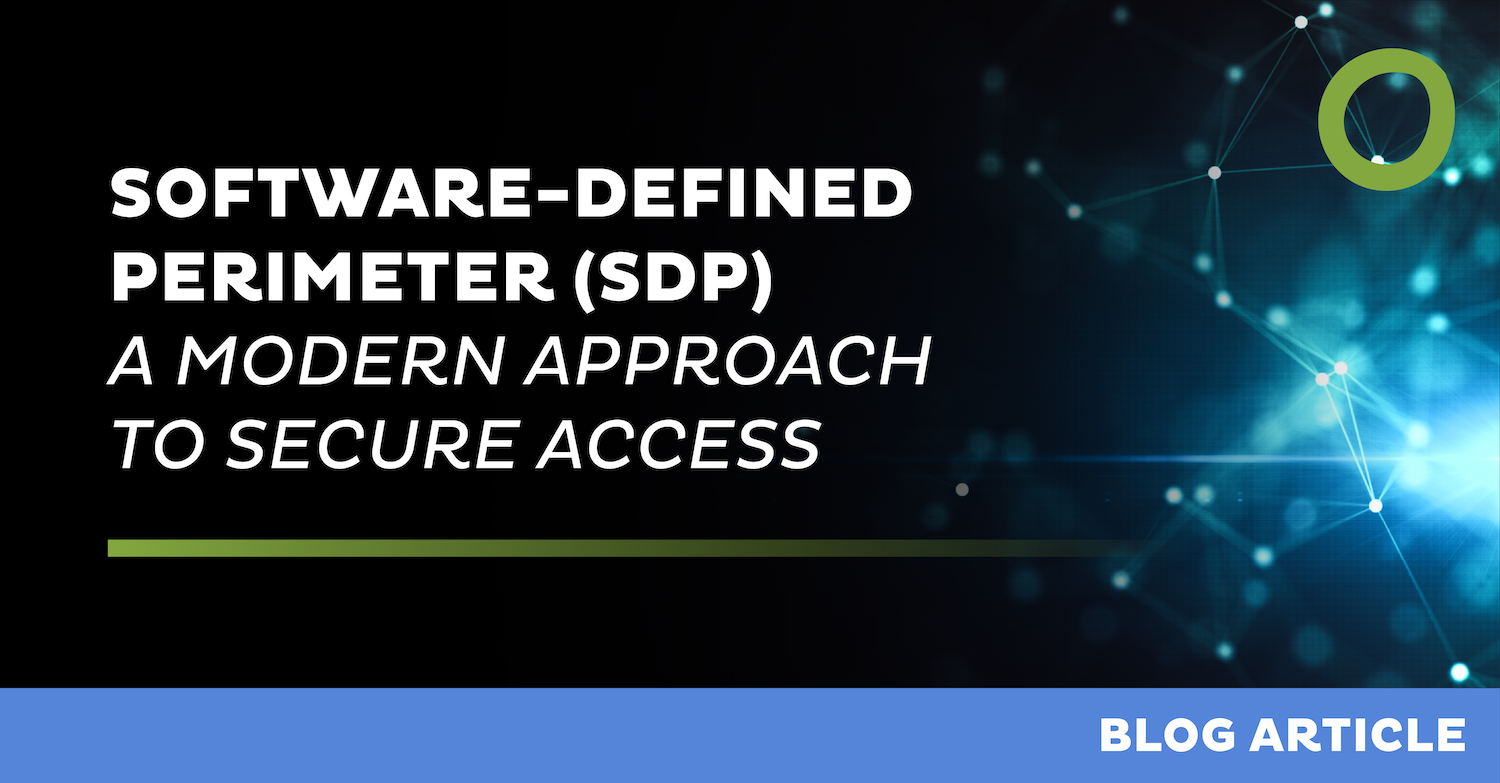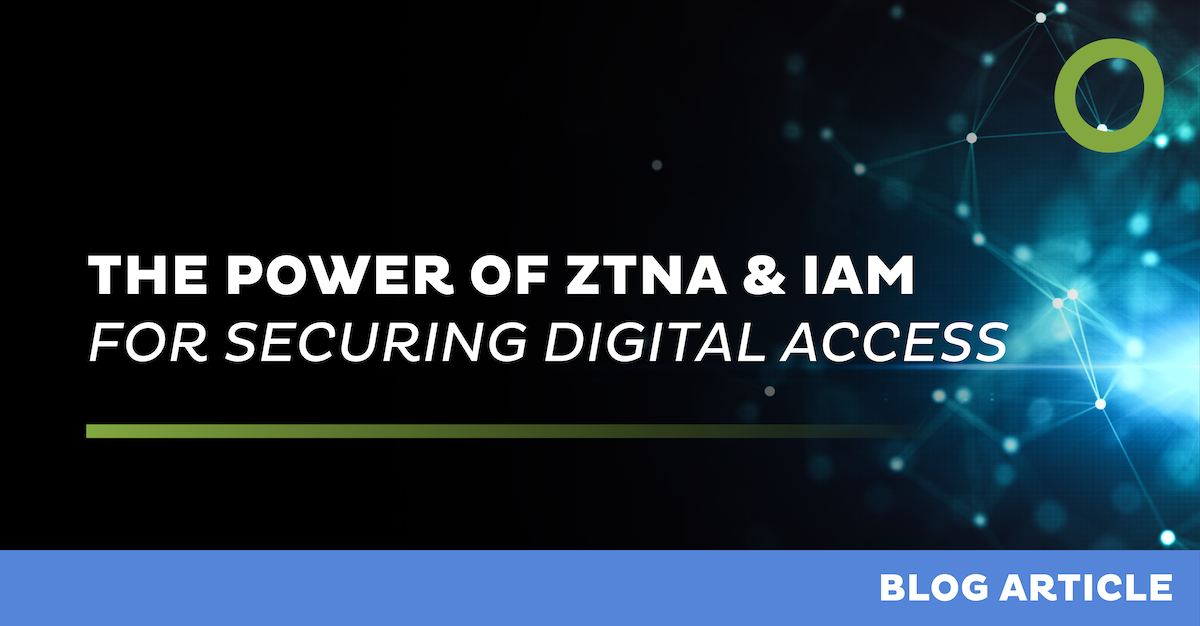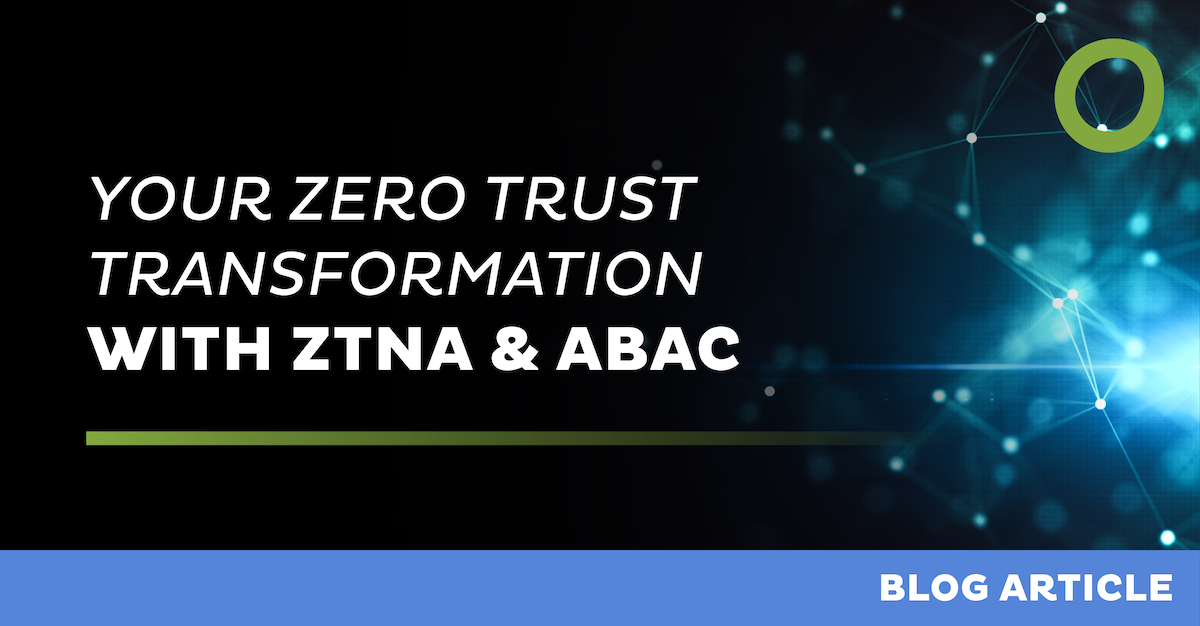
Software-Defined Perimeter (SDP): A Modern Approach to Secure Access


What is SDP?
Software-Defined Perimeter (SDP) is a security framework that dynamically creates one-to-one network connections between users and the resources they are authorized to access. Unlike traditional network security models that rely on static, perimeter-based defenses, SDP operates on a "zero trust" principle – assuming that no user or device should be trusted by default. SDP verifies identities before granting access, ensuring that applications and services remain hidden from unauthorized entities.
Origins and Evolution of SDP
The term SDP was popularized by the Cloud Security Alliance (CSA) in 2013 as a response to the increasing inadequacy of traditional network security models. The rise of cloud computing, mobile workforces, and sophisticated cyber threats necessitated a new approach to securing access to corporate resources. SDP was designed to address these challenges by implementing a dynamic and context-aware security model that restricts access to only verified users and devices.
Why is SDP More Relevant Than Ever?
With the proliferation of cloud services, the adoption of SaaS (Software-as-a-Service) and IaaS (Infrastructure-as-a-Service), and the shift from remote work to hybrid work environments, the attack surface for organizations has expanded significantly. Traditional security architectures struggle to keep up with the complexities of modern IT environments, making SDP a critical component of cybersecurity strategies.
- Cloud-first environments: Enterprises increasingly rely on multi-cloud and hybrid cloud infrastructures, making it essential to secure access dynamically across diverse environments.
- Hybrid Workforces: Employees now operate from multiple locations and devices, requiring an access model that ensures seamless and secure connectivity.
- Evolving Threat Landscape: Ransomware, credential theft, and insider threats necessitate an approach that minimizes exposure and enforces least-privilege access policies.
SDP and Zero Trust Security
SDP aligns closely with the principles of Zero Trust Network Access (ZTNA). Zero Trust is based on the assumption that threats exist both inside and outside the network, requiring continuous verification of users, devices, and their security posture before granting access. SDP enforces Zero Trust by:
- Granting access on a need-to-know basis
- Ensuring resources remain invisible to unauthorized users
- Dynamically authenticating and authorizing each request before establishing secure connections
How SDP Connects to SASE Services
Secure Access Service Edge (SASE) offerings, including ZTNA, Cloud (C)SWG, Firewall-as-a-Service (FWaaS), and broader Secure Service Edge (SSE) solutions, align with the principles of SDP:
- ZTNA: Replaces traditional VPNs by implementing identity-based access controls and segmentation.
- (C)SWG (Cloud Secure Web Gateway): Secures web traffic and prevents unauthorized access to applications.
- FWaaS: Provides cloud-based firewall protections, enforcing policies regardless of user location.
- SSE (Secure Service Edge): Combines these capabilities into a unified, cloud-native architecture that integrates seamlessly with enterprise IT environments.
Going Beyond Traditional SDP
If you are looking for an SDP provider, it is worth researching to find one with an approach that extends beyond standard SDP solutions. Your SDP provider of choice should not only offer hybrid deployment options but also provide comprehensive visibility, centralized management, and deep monitoring across all environments:
- Unified Management: A single-pane-of-glass view into security policies, access control, and threat monitoring across on-prem and cloud environments.
- Deep Architectural Expertise: Leveraging years of experience in designing security frameworks that scale across enterprise environments.
- Long-Term SSE Vision: Seamlessly integrating with customer infrastructures, ensuring smooth coexistence with legacy systems while enabling a future-proof security posture.
Conclusion
As businesses continue to embrace cloud-first and hybrid work models, SDP plays a critical role in securing modern IT environments. By adopting an SDP-based security approach, organizations can ensure robust protection against evolving cyber threats while enabling seamless, secure access for employees, partners, and customers. Look for an SDP provider with deep expertise, hybrid deployment flexibility, and long-term SSE vision, so you can benefit from a truly integrated and cost-effective security solution for the modern digital landscape.
Leave Complexity
Behind
To learn how Open Systems SASE Experience can benefit your organization, talk to a specialist today.
Contact Us



